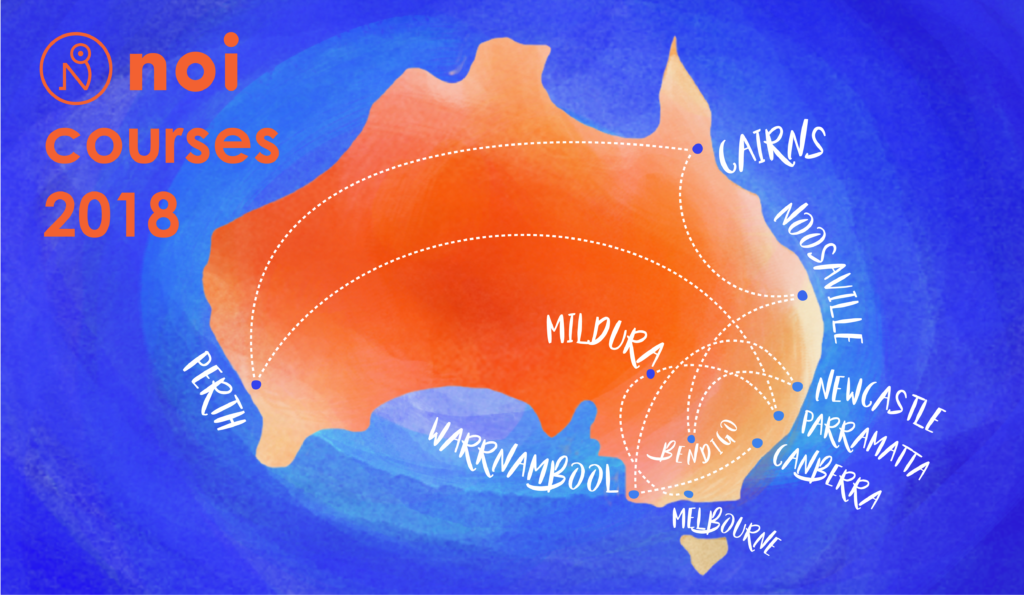We received an interesting note from Professor Paul Hansma about a video he had made attempting to bring together various ideas about pain and neuroscience research into a physical model that could help people better understand persistent pain. He asked for some thoughts and we happily provided some feedback and comments.
Professor Hansma’s video is quite novel and provides a different take of explaining pain – we think it’s worth checking out and adding to your collection of resources to share with patients.
[youtube https://www.youtube.com/watch?v=SQ1JPY-q5vo&w=560&h=315]
-NOI Group
Knowledge Driving Health


This presentation leaves the unanswered (or unanswerable) question open: How do we progress our understanding from the neuroscience, as explained (i.e. “excited neural circuitry”), to the lived experience of pain?
Good question John – echoes of the Hard Problem and, of course, a few thousand years of philosophical discussion. Some would argue that it is a not a question that science can answer (it being a question for philosophy instead), while others will argue that it is a question that we can never answer (as you hint at). A Materialist may dismiss it and explain that all that excited neural circuitry just is our experience, others may be even more deflationary and dismiss it as an illusion…
The black box is perhaps shrinking, but it still exists.
Great outlook but there is no way that positive thoughts, desensitization, reduced use of opioids can heal and better an underlying injury that’s causing extreme chronic pain when the injury is an extensive and permanent nerve transaction with scar entrapment that cannot ever heal or be improved.